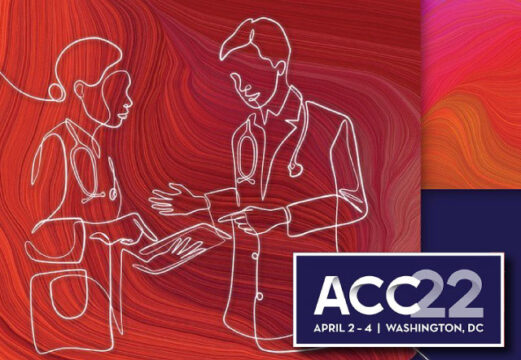Lipoprotein a (Lp a) is an important risk factor for atherothrombosis and atherosclerotic cardiovascular disease, but it has no approved treatments to this day.

The aim of this randomized study in phase 1 was to assess adverse events and siRNA tolerance (small interfering RNA) to reduce liver production of Lp a and assess plasma concentration with different doses.
It included 32 patients with Lp a serum values ≥ 150 nmol/l and no CAD. Mean age was 50 and 53% were women. Participants were randomized to receiving placebo and subcutaneous doses of 30 mg, 60 mg, 100 mg, 300 mg, and 600 mg of SLN360.
Primary end point was safety and tolerance. Secondary end point was changes in plasma concentration of Lp a at 150-day followup.
There were no serious adverse events (the most frequent were headache, sore injection site and transient elevation of liver enzymes). As regards the secondary end point, Lp a saw a 70 and 80% reduction after the administration of 300 and 600 mg of SLN360 respectively. This was observed at followup up to 150 days.
Read also: ACC 2022 – Estudio Complete Trial QoL: Revascularización completa en el SCACEST.
Finally, there was a 20-30% reduction of LDL and apoB as well.
Conclusion
In this phase 1 study with 32 participants with elevated Lp a and no CAD, siRNA SLN360 was well tolerated, and there was a reduction of plasma concentration of Lp a depending of the dose. We need further study to better assess safety and efficacy.

Dr. Andrés Rodríguez.
Member of the Editorial Board, SOLACI.org .
Reference: Nissen SE, Wolski K, Balog C, et al. Single ascending dose study of a short interfering RNA targeting lipoprotein(a) production in individuals with elevated plasma lipoprotein(a) levels. JAMA. 2022. Epub ahead of print.
Subscribe to our weekly newsletter
Get the latest scientific articles on interventional cardiology





